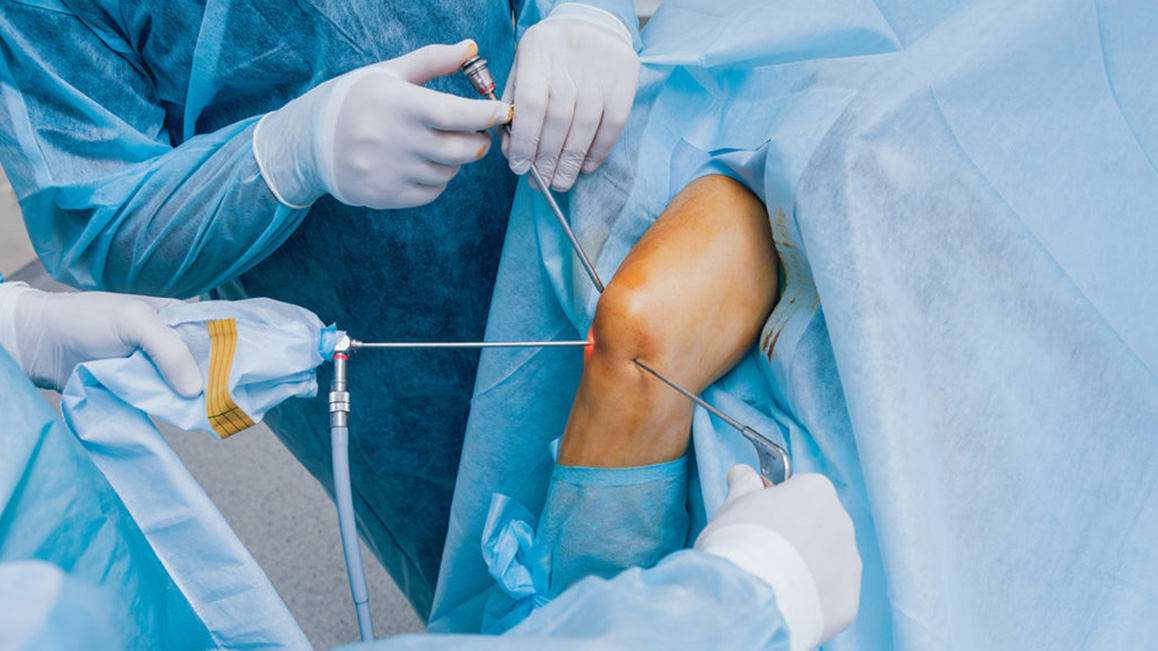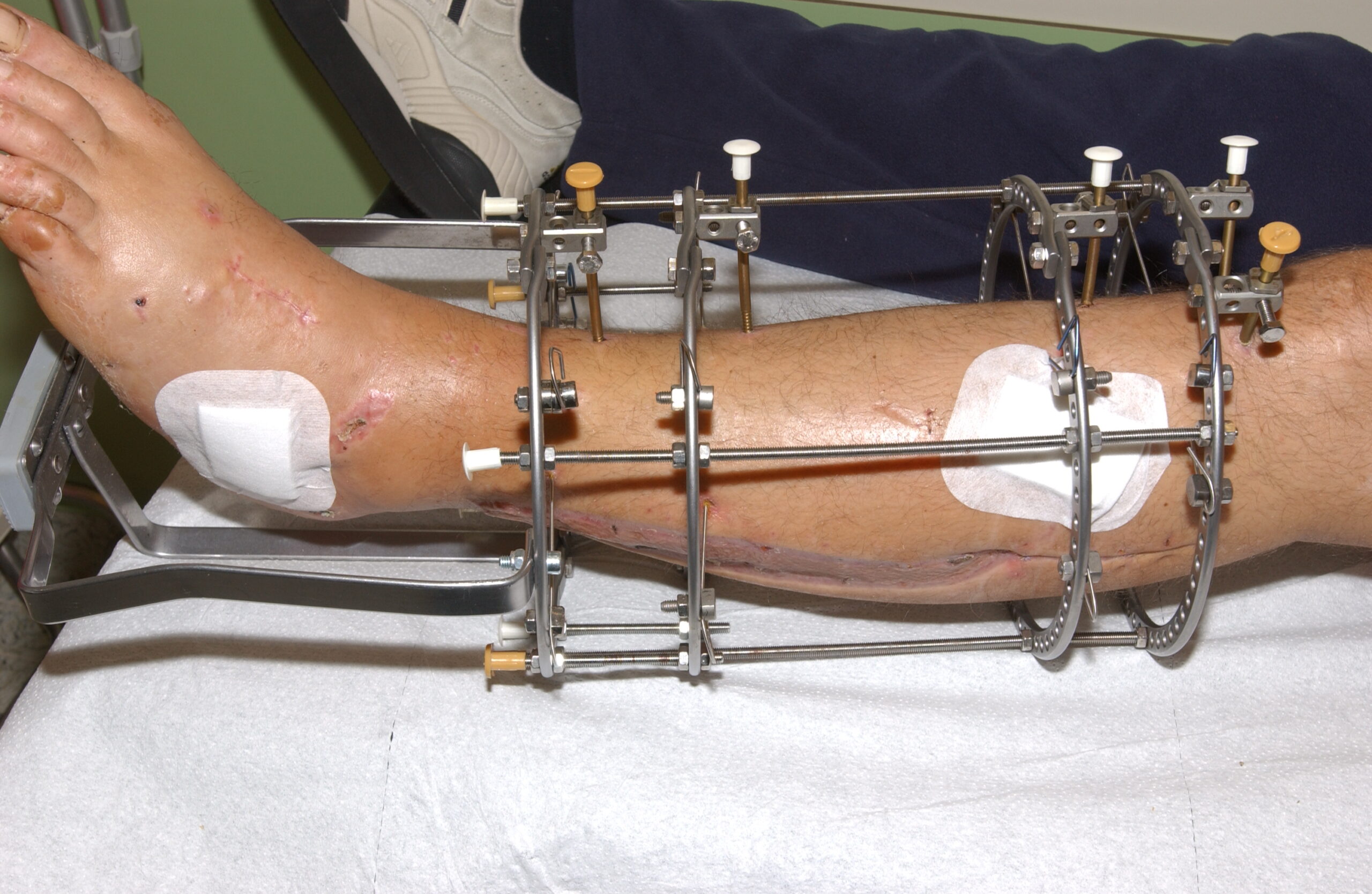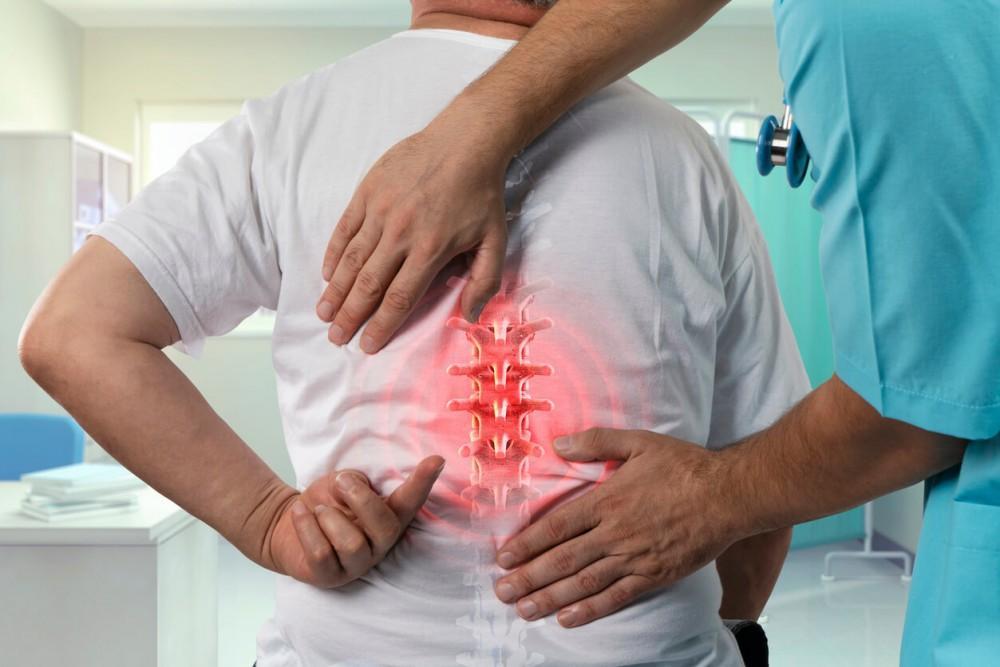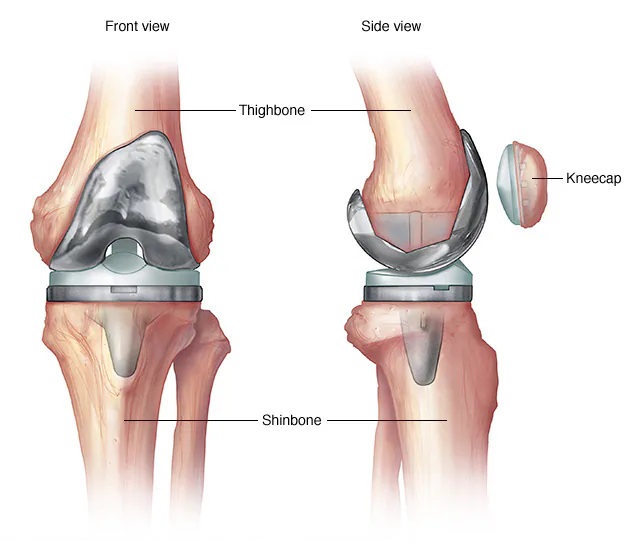
Trauma and Arthroscopy: Advanced Solutions for Joint Injuries at Dr. Sourav Adhikari’s Clinic
Trauma to joints, bones, and soft tissues can significantly impact a person’s mobility and quality of life. Whether it’s from a sports injury, accident, or fall, joint trauma often requires specialized care to ensure proper healing and long-term recovery. Arthroscopy has emerged as a minimally invasive surgical option that offers patients faster recovery times and improved outcomes for various joint conditions.
At Dr. Sourav Adhikari’s Clinic, we specialize in treating trauma-related injuries using advanced arthroscopic techniques. This article explores how trauma impacts the joints, the role of arthroscopy in treatment, and the comprehensive care provided at our clinic.
Understanding Trauma to Joints and Soft Tissues
Joint trauma can occur in many forms, including fractures, ligament tears, dislocations, and cartilage damage. These injuries often result from high-impact events, such as:
- Sports injuries: Contact sports like football, basketball, and soccer can lead to joint trauma, particularly in the knees, shoulders, and ankles.
- Car accidents: Sudden impacts from vehicle collisions can cause fractures, joint dislocations, and soft tissue damage.
- Falls: A simple fall can lead to joint injuries, especially in the elderly, who are more prone to fractures and soft tissue damage.
The severity of joint trauma can range from mild sprains to complex fractures that require surgery for proper alignment and healing. Common joint injuries treated at Dr. Sourav Adhikari’s Clinic include:
- Knee injuries: Tears in the anterior cruciate ligament (ACL), meniscus tears, and fractures around the knee joint are common after traumatic events.
- Shoulder injuries: Dislocations, rotator cuff tears, and labral tears often occur due to trauma.
- Ankle injuries: Fractures, ligament tears, and cartilage damage in the ankle joint are frequently seen in trauma patients.
- Hip injuries: Fractures and dislocations of the hip can result from high-impact accidents or falls, particularly in older patients.
The Impact of Joint Trauma
Joint trauma can have both short-term and long-term consequences on mobility and overall health. In the short term, trauma often results in:
- Pain and swelling: Inflammation is the body’s natural response to injury, leading to significant pain and swelling around the joint.
- Loss of mobility: A damaged joint may become stiff and difficult to move, impacting the patient’s ability to perform daily activities.
- Instability: In some cases, trauma can cause the joint to become unstable, increasing the risk of re-injury or chronic issues.
Without proper treatment, joint trauma can lead to long-term complications, including:
- Arthritis: Damage to the cartilage within a joint can lead to the development of osteoarthritis, causing chronic pain and stiffness.
- Deformity: Fractures or dislocations that are not properly treated can heal in misalignment, leading to permanent joint deformity.
- Chronic pain: Untreated ligament or tendon injuries can result in long-term pain and discomfort, significantly reducing the patient’s quality of life.
Arthroscopy: A Minimally Invasive Approach to Joint Trauma
Arthroscopy is a cutting-edge surgical procedure that allows doctors to diagnose and treat joint conditions using a small camera (arthroscope) inserted into the joint through a tiny incision. This minimally invasive approach has revolutionized the treatment of joint trauma by offering several advantages over traditional open surgery, including:
- Smaller incisions: Arthroscopy requires only small incisions, leading to less tissue damage and scarring.
- Faster recovery: Since the procedure is less invasive, patients experience quicker recovery times compared to open surgery.
- Lower risk of complications: The risk of infection and blood loss is significantly reduced with arthroscopic procedures.
- Improved precision: The use of an arthroscope allows the surgeon to view the joint in great detail, improving the accuracy of the diagnosis and treatment.
Common Arthroscopic Procedures for Trauma at Dr. Sourav Adhikari’s Clinic
At Dr. Sourav Adhikari’s Clinic, we offer a range of arthroscopic procedures to treat joint trauma effectively. Some of the most common arthroscopic surgeries performed include:
1. Knee Arthroscopy
Knee arthroscopy is one of the most frequently performed procedures to treat various knee injuries, such as:
- ACL reconstruction: Traumatic ACL tears are common in athletes and individuals involved in high-impact activities. Arthroscopic ACL reconstruction involves replacing the torn ligament with a graft, restoring knee stability.
- Meniscus repair: Tears in the meniscus, the cartilage that cushions the knee joint, can be repaired or removed using arthroscopic techniques. Meniscus repairs are particularly important to prevent future arthritis.
- Cartilage restoration: Arthroscopy can also be used to treat cartilage damage caused by trauma. Techniques such as microfracture surgery or cartilage grafting help regenerate cartilage and improve joint function.
2. Shoulder Arthroscopy
Shoulder injuries are common in sports, accidents, and falls. Arthroscopic surgery can treat a wide range of shoulder conditions, including:
- Rotator cuff repair: A torn rotator cuff can cause significant pain and limited shoulder movement. Arthroscopic rotator cuff repair involves reattaching the torn tendon to the bone, restoring strength and function.
- Labral repair: The labrum is a ring of cartilage that surrounds the shoulder socket. Tears in the labrum can result from trauma, leading to shoulder instability. Arthroscopy can repair these tears and stabilize the shoulder.
- Shoulder stabilization: In cases of recurrent shoulder dislocations, arthroscopy is used to tighten the ligaments and improve joint stability.
3. Ankle Arthroscopy
Ankle injuries, such as ligament tears and cartilage damage, can be effectively treated with arthroscopy. Common procedures include:
- Ankle ligament repair: Torn ligaments in the ankle can be repaired arthroscopically to restore stability and prevent chronic ankle instability.
- Cartilage repair: Arthroscopy can treat damaged cartilage in the ankle joint, promoting healing and preventing long-term complications like arthritis.
- Loose body removal: Trauma can sometimes cause loose fragments of bone or cartilage to float in the joint, leading to pain and restricted movement. Arthroscopy allows for the removal of these fragments with minimal disruption.
4. Hip Arthroscopy
Hip trauma, particularly in young athletes, can lead to labral tears or cartilage damage. Arthroscopic procedures for the hip include:
- Labral repair: A torn labrum can be repaired arthroscopically to restore hip stability and function.
- Femoroacetabular impingement (FAI) treatment: Arthroscopy can address FAI, a condition where bone spurs develop around the hip joint, causing pain and limiting range of motion.
- Cartilage restoration: Like other joints, the hip can suffer from cartilage damage due to trauma. Arthroscopic cartilage restoration techniques help preserve joint function and prevent arthritis.
Comprehensive Trauma Care at Dr. Sourav Adhikari’s Clinic
At Dr. Sourav Adhikari’s Clinic, we take a multidisciplinary approach to trauma care, ensuring that every patient receives personalized treatment based on their unique condition. Our comprehensive trauma care includes:
1. Accurate Diagnosis
Accurate diagnosis is the first step in treating joint trauma. We use state-of-the-art imaging technology, such as MRI and CT scans, to assess the extent of the injury. This allows us to develop a tailored treatment plan that addresses the patient’s specific needs.
2. Minimally Invasive Treatment
Whenever possible, we use minimally invasive arthroscopic techniques to treat joint trauma. These procedures offer faster recovery times, less pain, and reduced scarring compared to traditional open surgeries.
3. Rehabilitation and Physical Therapy
Rehabilitation is a critical component of the recovery process. Our clinic provides specialized physical therapy programs designed to restore strength, flexibility, and mobility following arthroscopic surgery. Our therapists work closely with patients to ensure they regain full function and return to their daily activities as quickly as possible.
4. Long-Term Monitoring and Follow-Up
At Dr. Sourav Adhikari’s Clinic, we believe in long-term care and monitoring for trauma patients. Regular follow-up appointments help ensure that the joint is healing properly and that there are no complications. Our team is dedicated to providing ongoing support throughout the recovery process.
Why Choose Dr. Sourav Adhikari’s Clinic?
Dr. Sourav Adhikari’s Clinic is a leader in orthopedic care, offering advanced treatments for trauma and joint injuries. We are committed to providing patients with the highest level of care, from diagnosis to rehabilitation. Our use of cutting-edge arthroscopic techniques allows us to offer minimally invasive solutions that promote faster healing and better outcomes.
With a team of highly skilled orthopedic surgeons, state-of-the-art facilities, and a patient-centered approach, we ensure that every patient receives the best possible care for their joint injuries.
Conclusion
Joint trauma can have a significant impact on a patient’s life, but with the right treatment, recovery is possible. Arthroscopy offers a minimally invasive solution for treating various joint injuries, from ligament tears to cartilage damage. At Dr. Sourav Adhikari’s Clinic, we provide comprehensive trauma care, using advanced arthroscopic techniques to restore function and mobility.
If you or a loved one has experienced joint trauma, contact Dr. Sourav Adhikari’s Clinic to schedule a consultation. Our team is here to help you on your journey to recovery and long-term joint health.





Leave a Reply